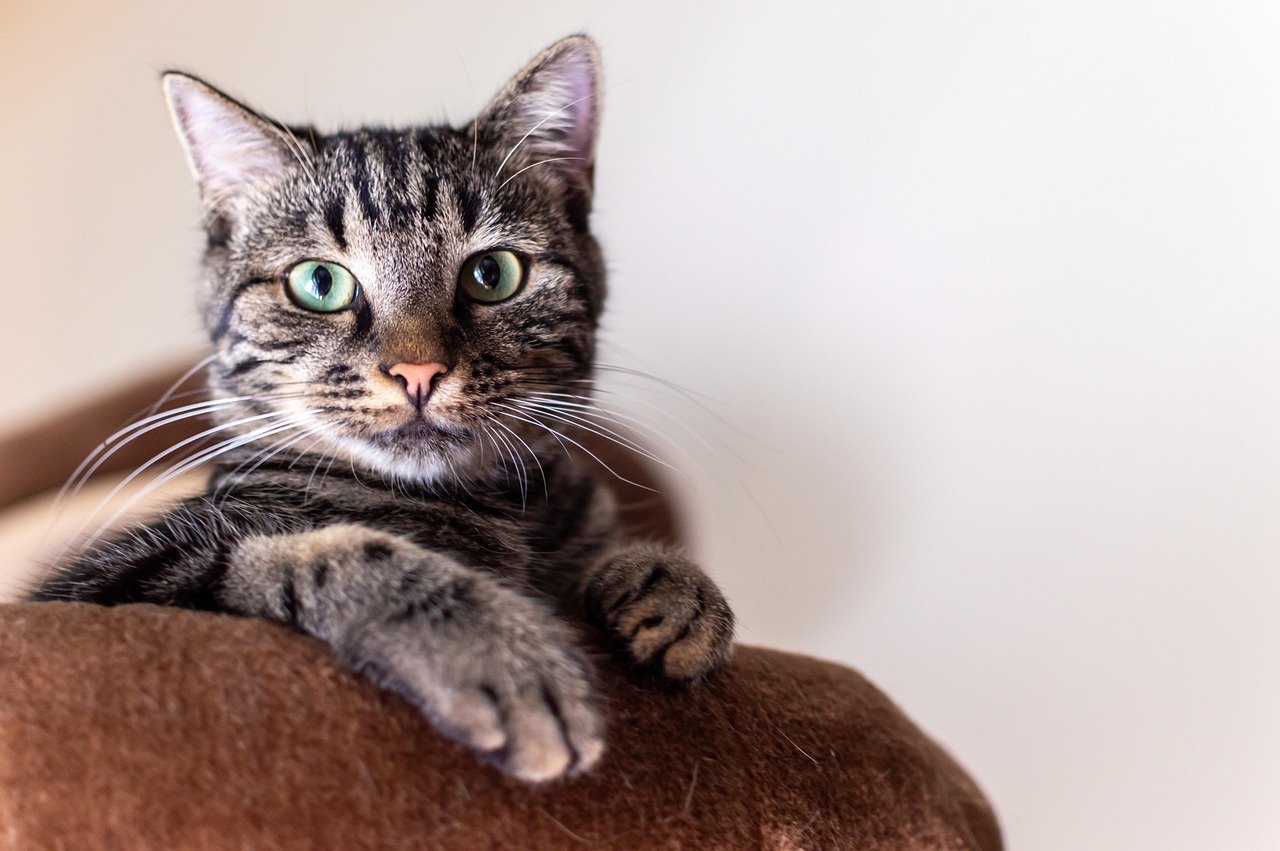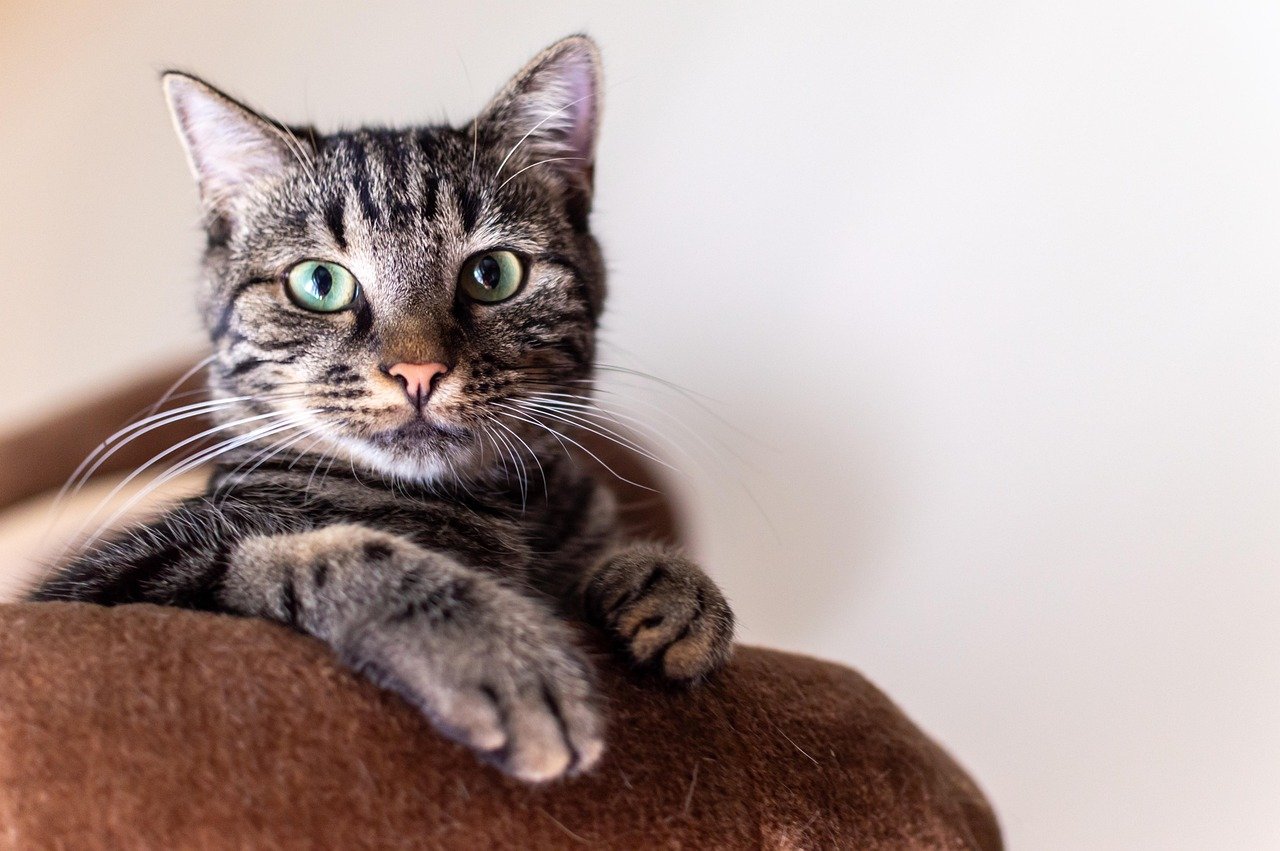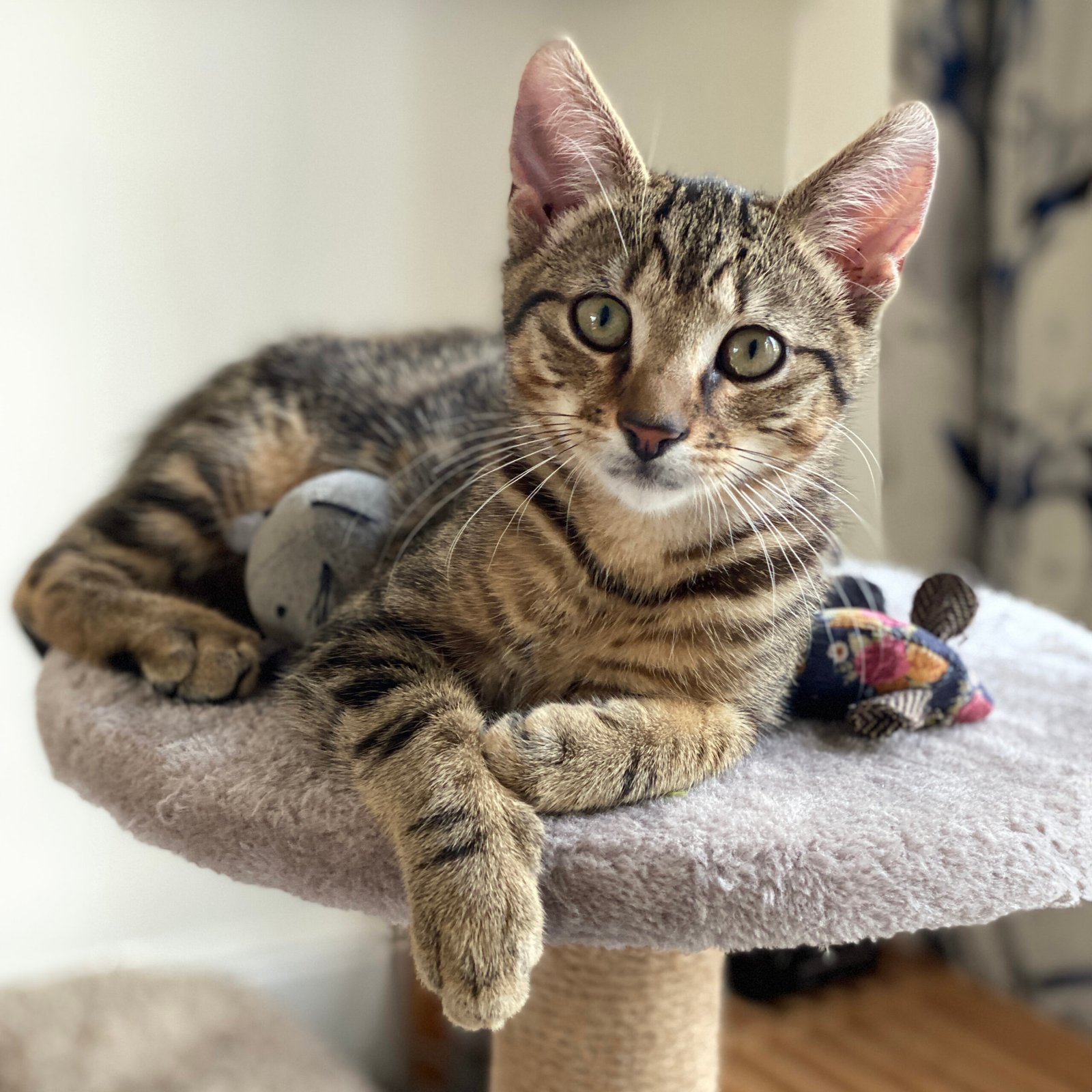Have you ever wondered why your cat prefers curling up on your lap when you’re reading quietly, but ignores you when you try to play with a feather toy? Or maybe it’s the opposite—your kitty only comes alive when you’re waving a wand or rolling around on the floor. The connection between cats and their humans is a mysterious and wildly fascinating thing. Are cats really more drawn to chill, zen-like owners, or do they crave the excitement and high energy of playful people? Let’s dive deep into the world of feline friendship and find out what truly makes a cat’s heart purr.
Understanding Feline Personality

Cats are as varied in personality as people. Some are bold and daring, ready to leap into any adventure, while others are shy and prefer watching the world from a safe perch. Breed, upbringing, and even early kittenhood experiences shape who they become. There are cats who love to chase, hunt, and play, and there are those who bask in calm moments, soaking up the peace. When trying to figure out what kind of owner your cat bonds with best, it helps to first understand your cat’s unique personality. Sometimes, a naturally skittish cat may find a playful owner overwhelming, while a playful cat might find a calm owner boring. The match between a cat’s temperament and an owner’s energy is often the secret sauce to a happy feline-human bond.
The Power of Calm Energy

A calm owner tends to radiate a soothing energy that many cats adore. Cats are sensitive creatures; they pick up on moods, voices, and even subtle movements. For cats who are easily startled or who have nervous tendencies, a gentle, quiet presence can be like a safe harbor. Calm owners typically move slowly, speak softly, and allow their cat to initiate contact. This patience can build trust, especially with rescued cats or those who’ve had a tough start to life. The result? These cats may feel more secure and thus form deeper, more loving bonds with calm humans.
The Joy of Playful Interaction

On the flip side, playful owners bring excitement and fun into their cats’ lives. Playful interaction isn’t just about burning off energy; it taps into a cat’s natural instincts to hunt, chase, and pounce. Owners who engage in interactive play help their cats stay physically fit and mentally sharp. For kittens and energetic adult cats, this playtime can be the highlight of the day. The laughter, movement, and shared joy of play can create strong emotional ties. Playful owners often notice their cats seeking them out specifically for these wild, fun sessions.
Reading Your Cat’s Signals

Cats are masters of subtle communication. They may not bark or wag their tails like dogs, but they sure know how to express themselves. A cat who feels safe and bonded will often purr, knead, or slow blink at their owner. If your cat leans into your touch or seeks out your company, it’s a definite sign of trust. On the other hand, if a cat hides, flattens its ears, or hisses, it may be feeling overwhelmed—perhaps by too much play or too much energy. Learning to read these signals helps owners understand what their cat prefers and adjust their behavior accordingly.
Stress and Its Effects on Bonding

Stress can be a real bond-breaker for cats. Loud noises, sudden movements, or too much activity can send a sensitive cat running for cover. Calm owners usually create a more predictable, quiet environment that helps lower feline stress levels. However, playful cats can become stressed if they don’t get enough stimulation. The key is balance—knowing when to offer calm and when to ramp up the play. Owners who can tune into their cat’s stress signals and respond appropriately often enjoy the strongest bonds.
The Role of Routine

Cats thrive on routine. They feel most comfortable when their day has a predictable rhythm—meals, playtime, and quiet time all at expected intervals. Calm owners often excel at creating consistent routines, which can be deeply reassuring for cats. But playful owners who incorporate regular play sessions into the day can also build anticipation and excitement. The best routines mix both calm and playful moments, giving cats the best of both worlds.
Trust: The Foundation of Feline Bonds

Trust is everything in the cat-human relationship. Building trust takes time, especially with cats who are naturally wary or have had negative experiences with humans before. Calm owners often win trust through patience, gentle handling, and letting the cat set the pace. Playful owners can build trust by respecting boundaries—never forcing play, and always letting the cat choose when it’s time for fun. Over time, a cat that feels consistently safe and respected will relax and bond deeply.
Kittenhood and Early Experiences

A cat’s first months of life have a huge impact on their adult personality and bonding style. Kittens raised in calm, nurturing environments may grow up seeking out gentle, quiet companionship. Those exposed to lots of play and handling might become more outgoing and playful. It’s not always possible to know a rescue cat’s history, but understanding that early experiences shape preferences can help owners adjust their own approach. Sometimes, a cat’s bonding style is set before you ever meet them.
Matching Energy Levels

Just like people, cats have preferred energy levels. High-energy breeds like Bengals or Abyssinians often need a playful owner to keep up with their antics. More laid-back breeds, like Persians or Ragdolls, may prefer the calm and quiet. When a cat and owner’s energy levels match, bonding happens naturally and effortlessly. But even mismatched pairs can find common ground with a little creativity and compromise.
Communication: More Than Words

Cats communicate with their entire bodies—tail flicks, ear twitches, and even the way they walk can reveal their mood. Calm owners often excel at noticing these small signals, responding with gentle reassurance. Playful owners might use vocal play, toys, or even mimic hunting sounds to engage their cats. Effective communication, both verbal and nonverbal, strengthens the bond and helps owners meet their cats’ needs.
Adapting to Change

Life isn’t always predictable. Moving house, adding new family members, or changes in routine can all throw a cat off balance. Calm owners tend to help cats adjust by providing stability and reassurance during transitions. Playful owners can help by distracting cats with games and new toys. Cats bonded to their humans often handle change better, knowing they have a trusted friend by their side.
Individual Preferences Matter

No two cats are exactly alike. Some cats crave constant attention and play, while others are happiest with a quiet lap and a gentle hand. Owners who pay attention to their cat’s individual preferences—whether calm or playful—tend to enjoy stronger bonds. Sometimes, the most successful relationships come from owners who can shift their energy to match their cat’s mood on any given day.
Play: Not Just for Kittens

It’s easy to think of play as something only kittens need, but even senior cats benefit from playful interaction. Play keeps minds sharp, bodies agile, and spirits high. For playful owners, engaging an older cat might mean gentler games or puzzle toys. Calm owners can still participate in play by choosing slower, less intense activities. The important thing is to keep play part of the daily routine, no matter your cat’s age.
The Importance of Quiet Time

Just as play is essential, so is quiet time. Cats spend a huge portion of the day resting or napping. Calm owners who respect their cat’s need for downtime often find their pets seeking them out for comfort and relaxation. Even playful cats enjoy a good cuddle after a vigorous play session. Creating cozy, peaceful spaces in the home encourages cats to relax and feel safe.
Building Bonds Through Touch

Touch is a powerful way to bond with a cat, but it has to be on their terms. Calm owners often use gentle strokes and slow petting, which many cats find soothing. Playful owners might combine touch with games—scratching behind the ears during a play session or offering belly rubs if the cat enjoys them. Always watch your cat’s reaction, and never force physical affection. The right touch at the right time can speak volumes.
How Age Affects Bonding Preferences

Kittens and young cats are usually bursting with energy and curiosity, making them a perfect match for playful owners. As cats age, they often slow down and may seek out more calm, quiet companionship. Adapting your approach as your cat grows older can help maintain a strong bond. Older cats may still enjoy play, but they’ll also appreciate a gentle presence and plenty of restful moments.
Dealing With Shy or Timid Cats

Some cats are naturally shy or have been through experiences that make them wary of humans. Calm owners have an advantage here, as a quiet, patient approach can slowly win over a timid cat. Playful owners can help by introducing play in a non-threatening way, perhaps with toys that allow distance at first. Over time, even the shyest cats can learn to trust and bond deeply with their humans.
The Impact of Owner Consistency

Consistency is comforting to cats. Owners who behave predictably—feeding at the same times, playing regularly, and reacting to their cats in similar ways—help build a sense of security. Calm owners may naturally be more consistent, but playful owners can also develop routines that give their cats confidence. Inconsistent or unpredictable behavior can make cats anxious and weaken the bond over time.
Finding a Middle Ground

The best cat-owner relationships often blend both calm and playful elements. Even the calmest cat benefits from a little play, and even the wildest kitty needs downtime. Owners who can switch gears—offering excitement when their cat is energetic and providing calm when their cat wants to rest—tend to form the strongest, most flexible bonds. It’s about tuning in and responding to what your cat needs in the moment.
Listening to Your Cat’s Needs

At the end of the day, the most important thing is to listen to your cat. Watch, learn, and respond to their unique signals. Some days they’ll want to play, other days they’ll just want to nap beside you in the sun. Whether you’re naturally calm or playful, the best bonds come from respecting your cat as an individual and being present in the relationship. That’s what makes your cat truly feel loved.
Hi, I’m Bola, a passionate writer and creative strategist with a knack for crafting compelling content that educates, inspires, and connects. Over the years, I’ve honed my skills across various writing fields, including content creation, copywriting, online course development, and video scriptwriting.
When I’m not at my desk, you’ll find me exploring new ideas, reading books, or brainstorming creative ways to solve challenges. I believe that words have the power to transform, and I’m here to help you leverage that power for success.
Thanks for stopping by, Keep coming to this website to checkout new articles form me. You’d always love it!






